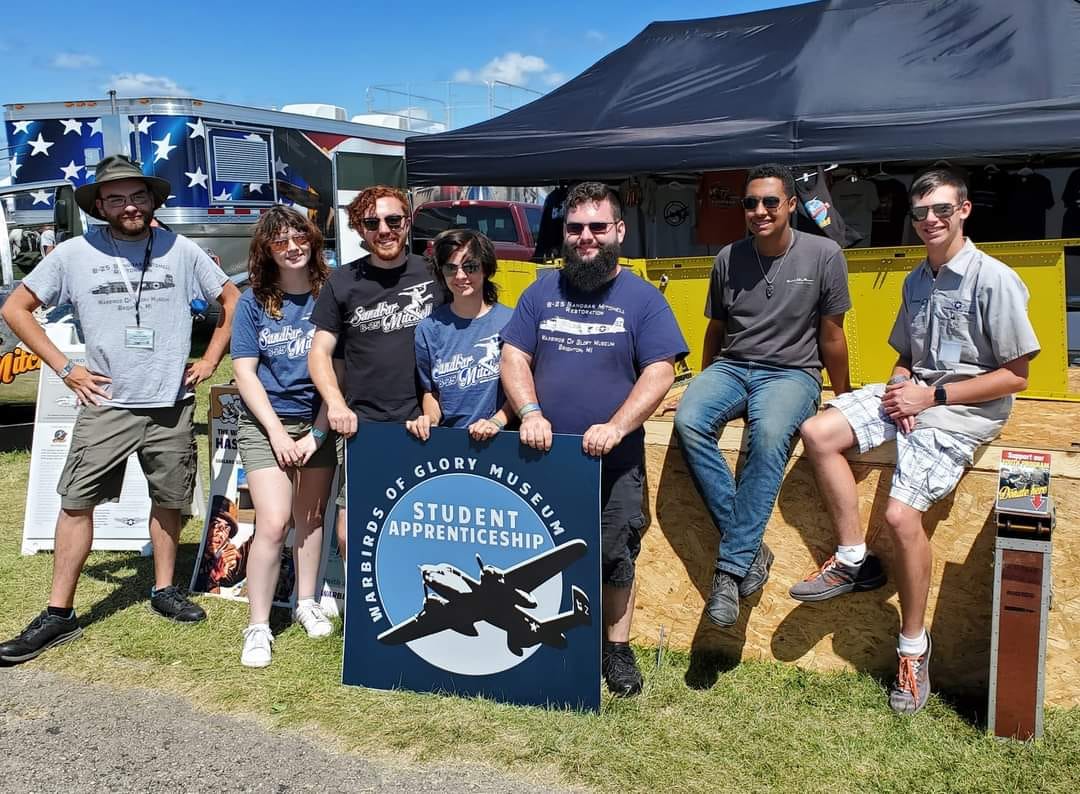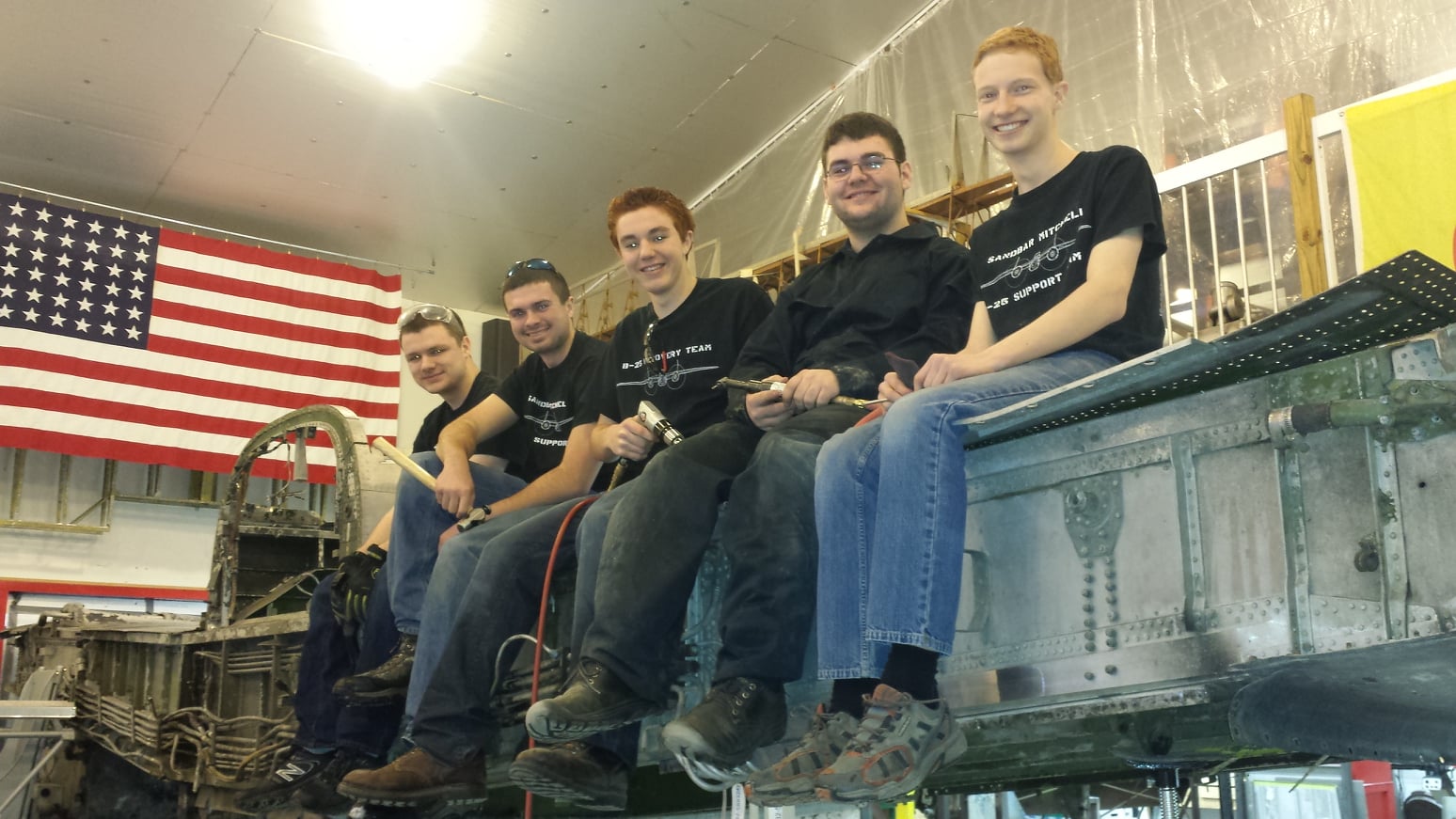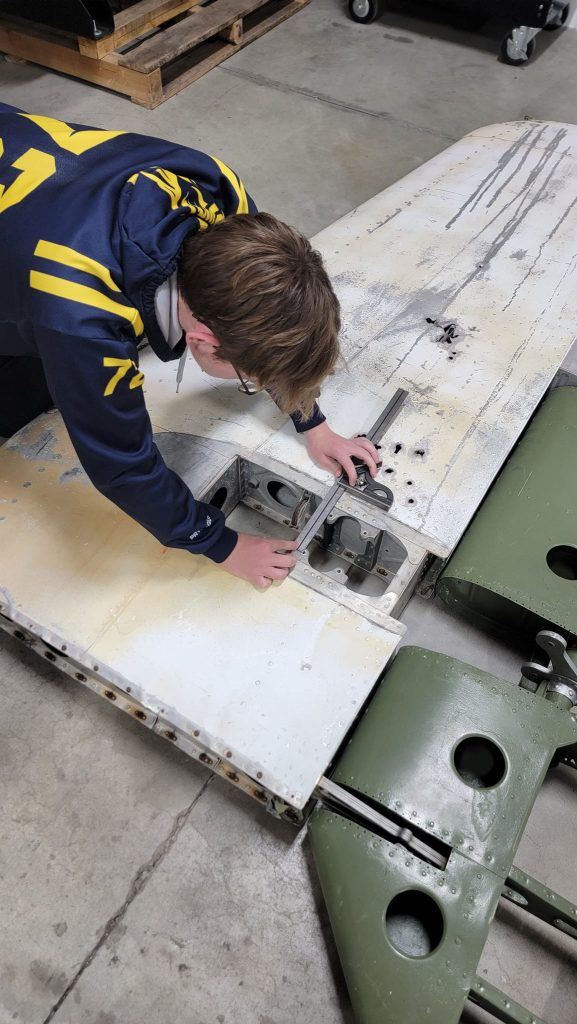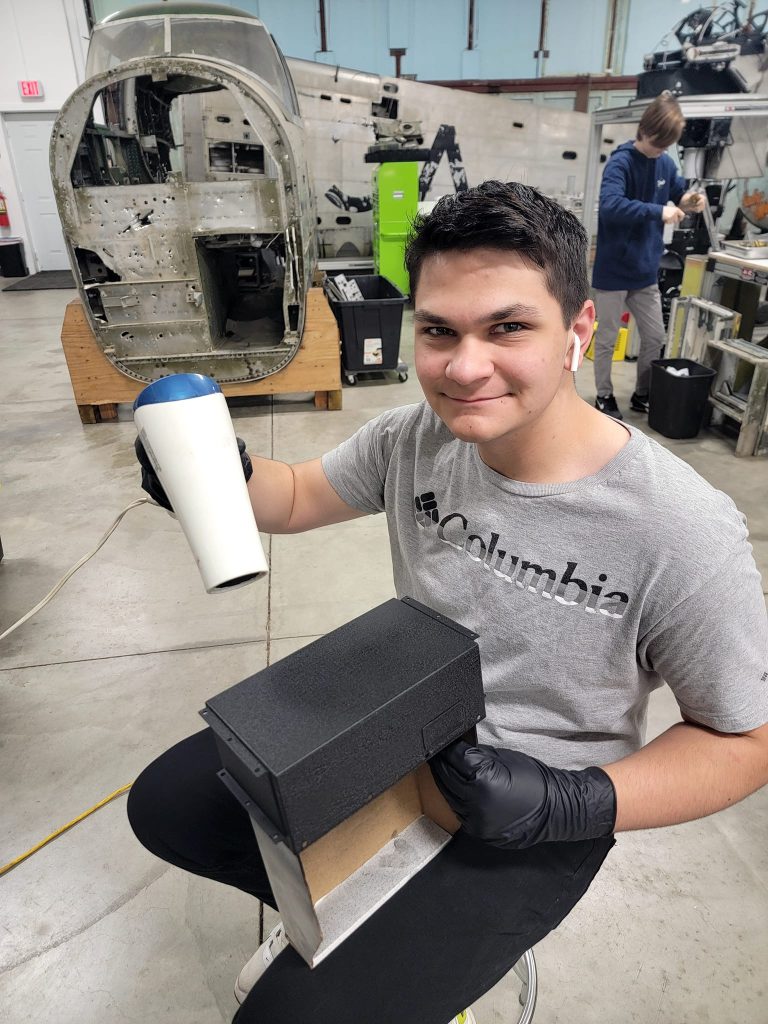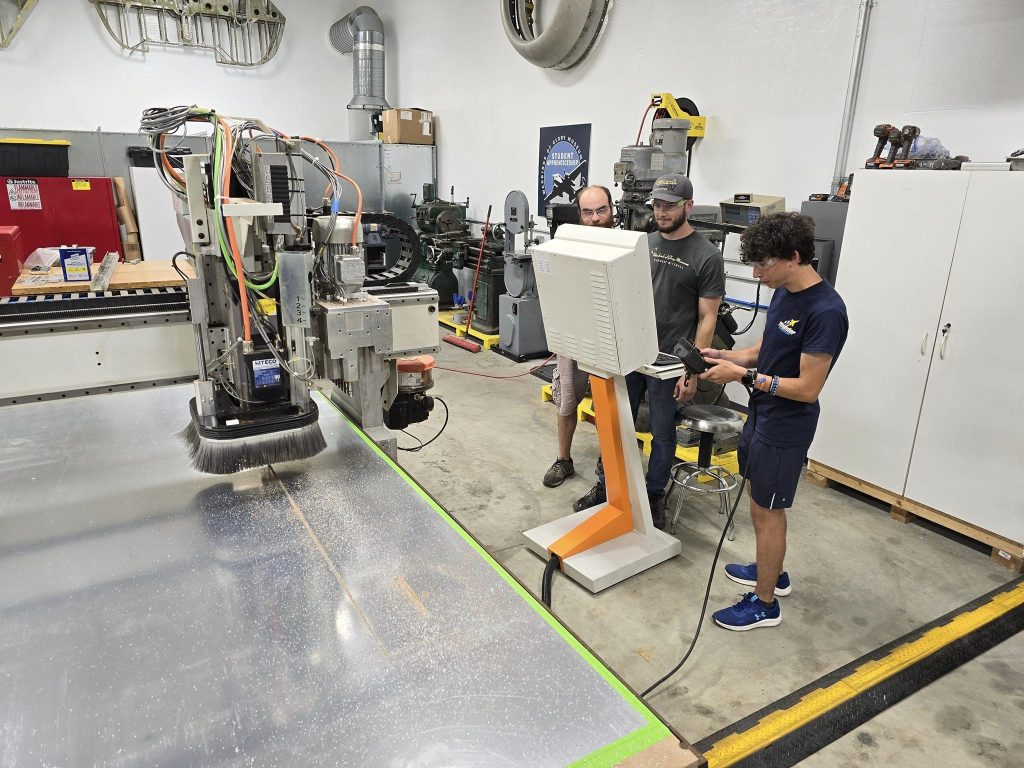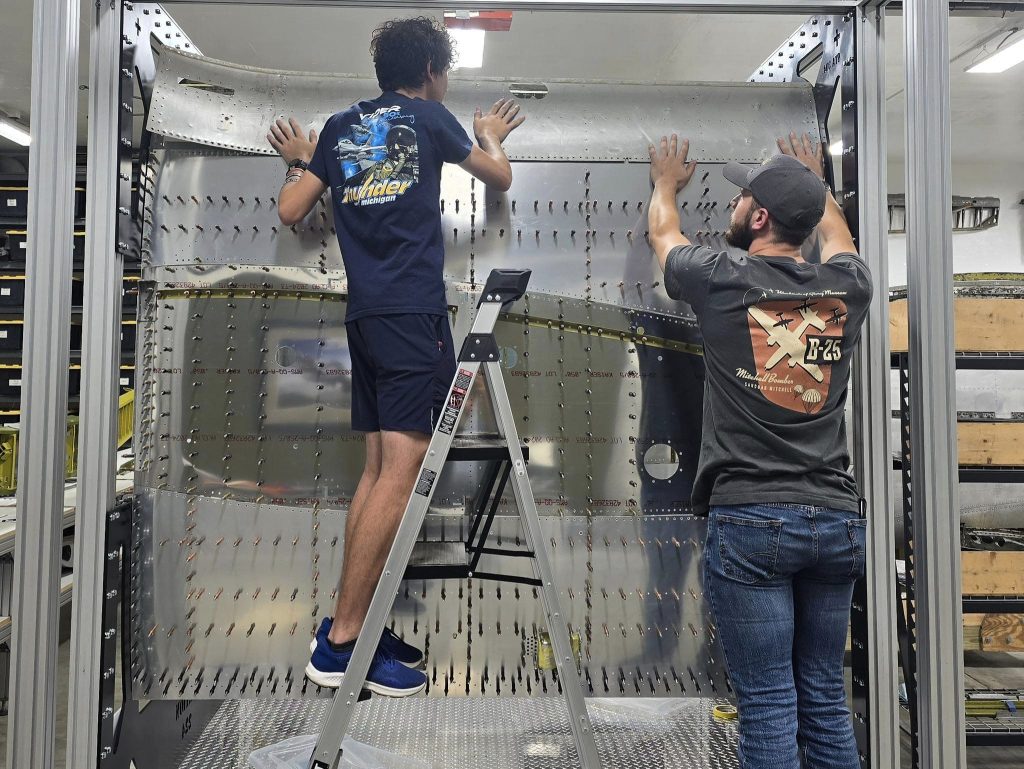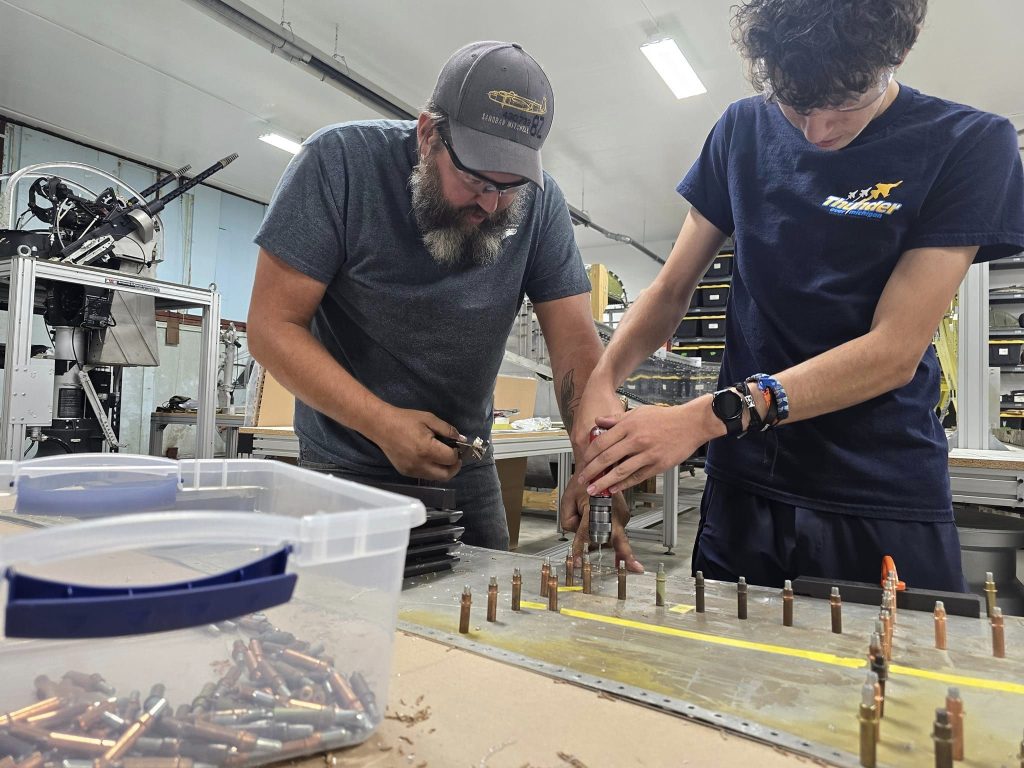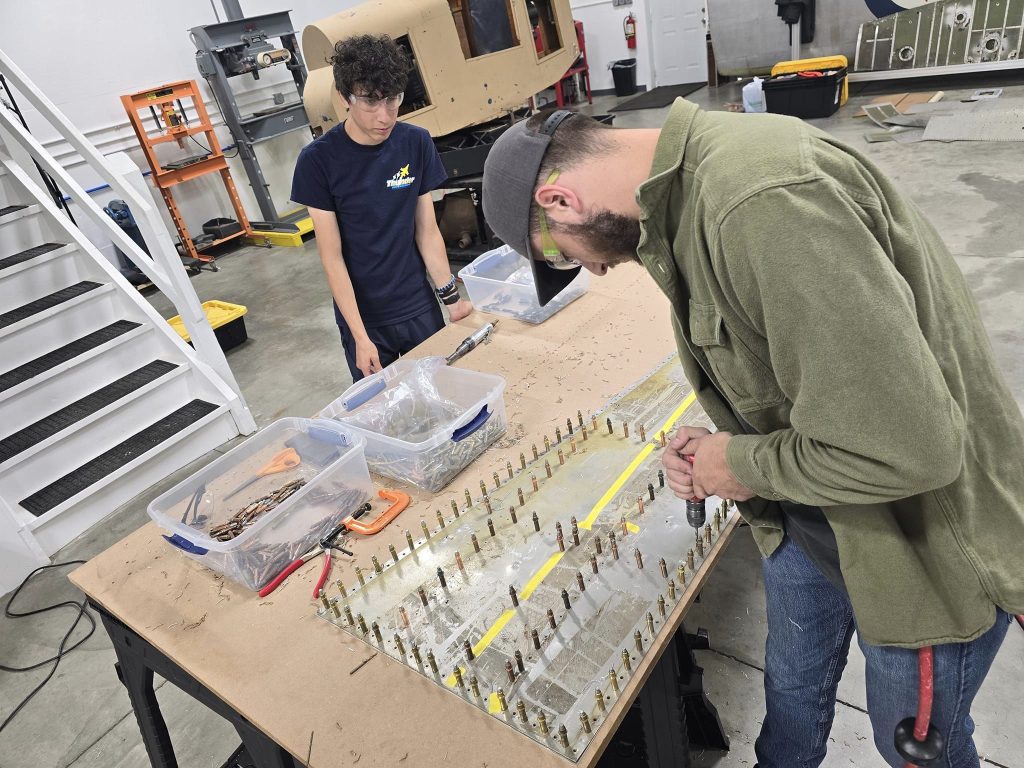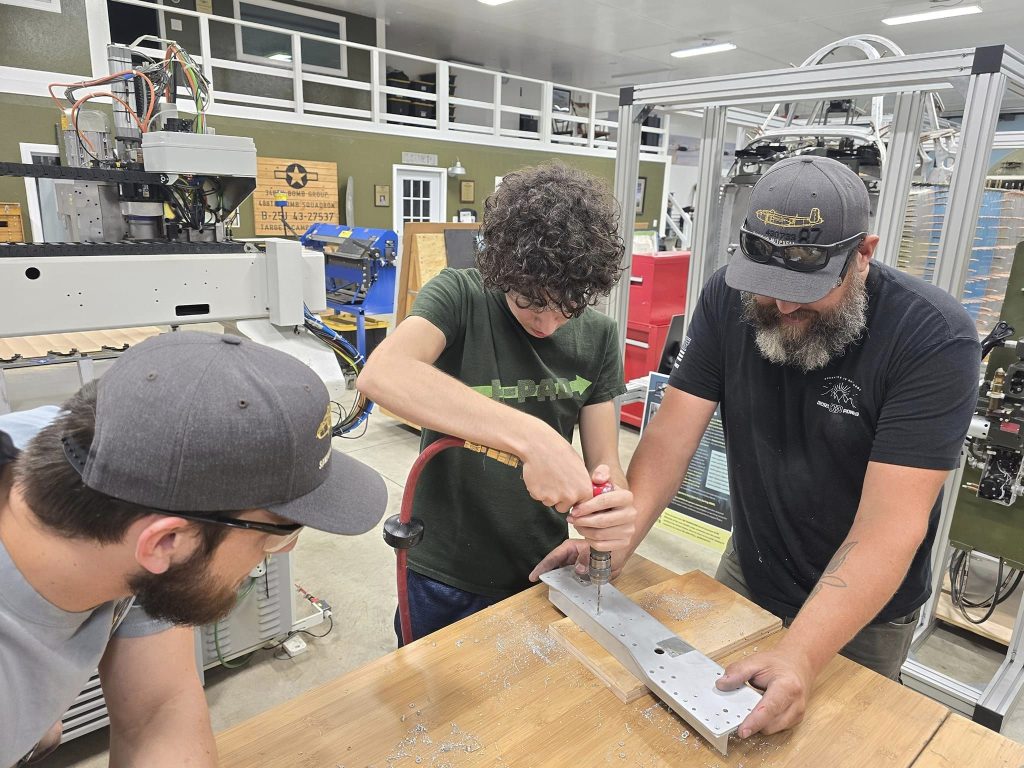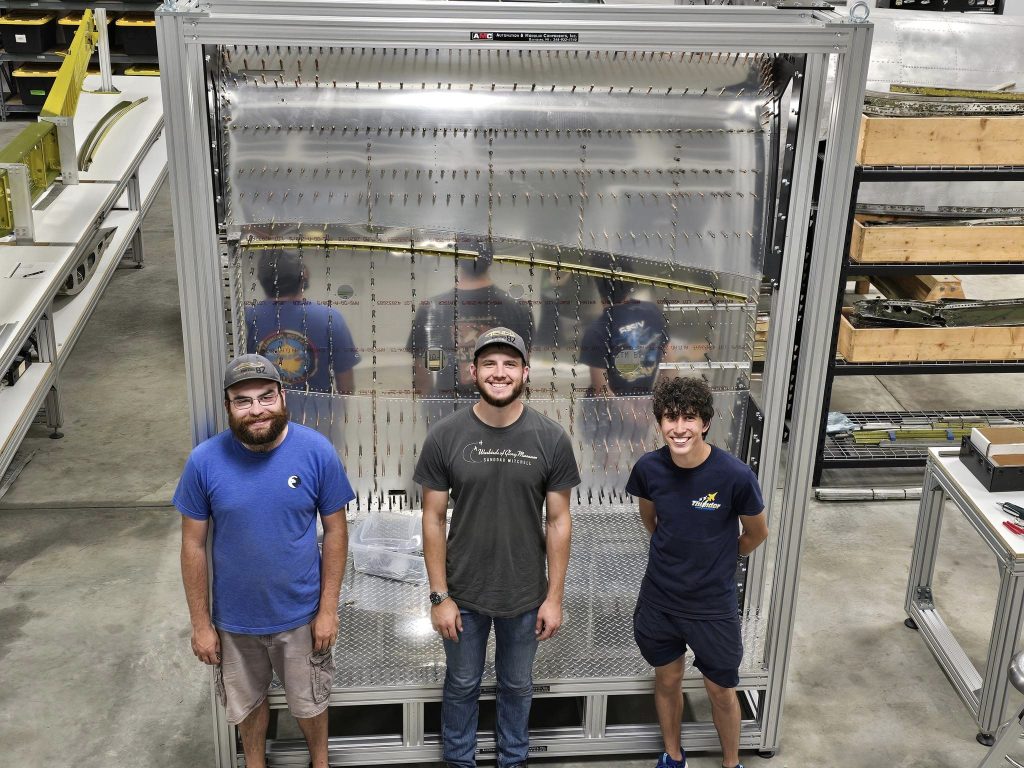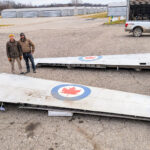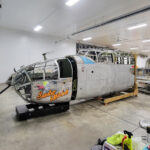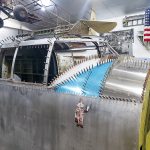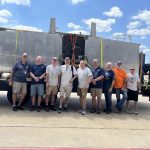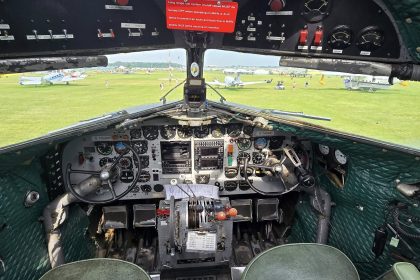The story of how America’s youth is rebuilding a WWII B-25 bomber is both inspiring and full of perseverance. It revolves around the incredible work of Patrick Mihalek and his team at the Warbirds of Glory Museum in New Hudson, Michigan. For those familiar with the warbird community, Mihalek’s name is well-known. We have covered his efforts extensively throughout the years, click HERE. For those who are new, this story is one that demonstrates the power of giving young people the opportunity to immerse themselves in aviation. Many speak about the importance of exposing kids and teenagers to aviation, but Mihalek and his team are truly making that vision a reality. This story encapsulates a passion for aviation education and serves as an example of what dedication can accomplish.
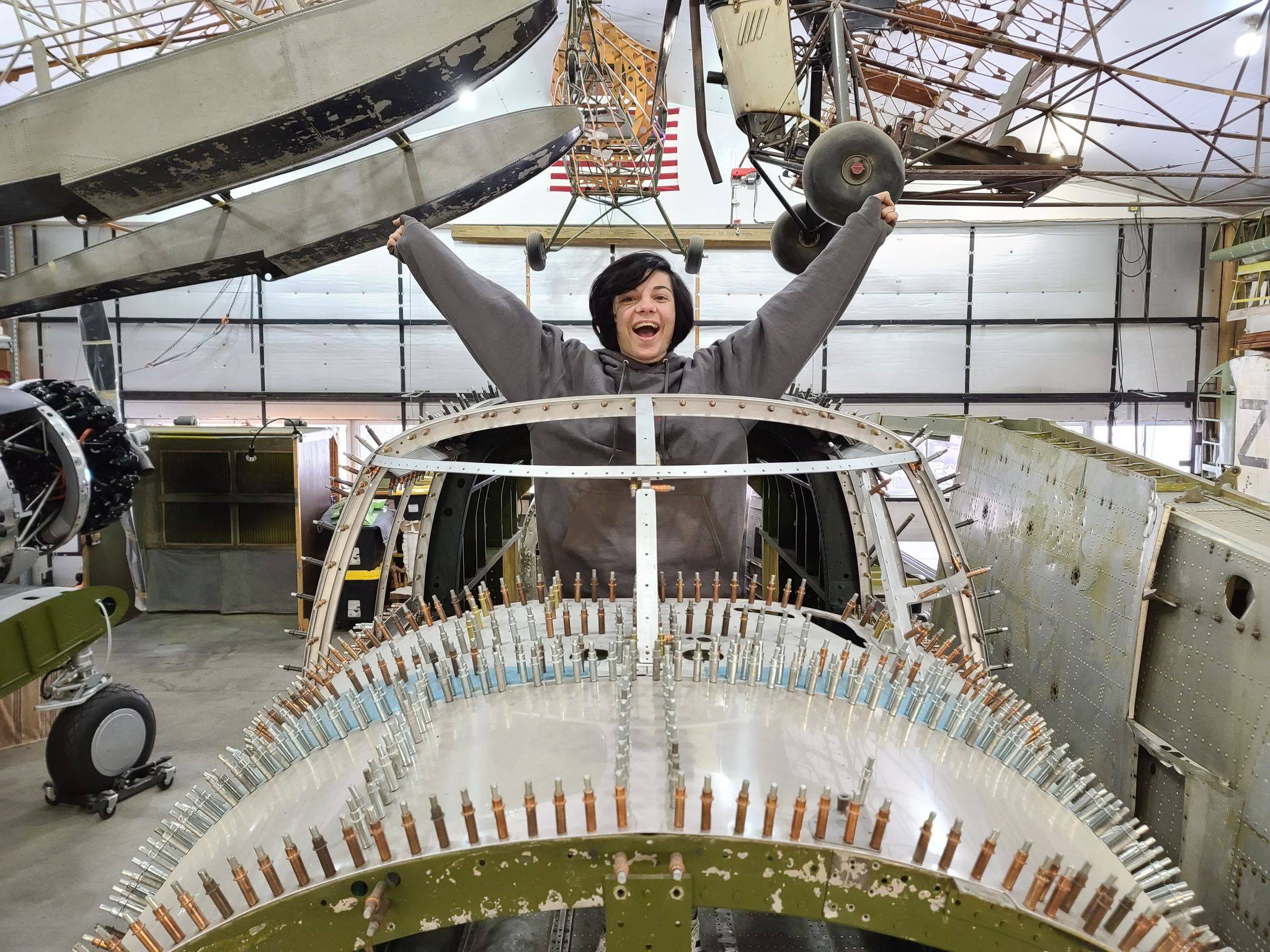
Patrick Mihalek grew up near the Brighton Airport in Michigan, spending his after-school hours at the hangars, trying to involve himself in any way possible. From an early age, Mihalek developed a particular fascination with WWII military aircraft, especially the B-25 Mitchell. His passion led him to pursue a degree in Aviation Maintenance Technology at Western Michigan University. After graduating, he began working on warbirds, setting the stage for a unique journey. Mihalek’s story took a significant turn when he learned about a B-25 bomber that had been stranded on a sandbar in Alaska for over 44 years. The aircraft, once a fire suppression bomber, had crash-landed after a multi-engine failure, and although it had been abandoned, parts of the airframe, including the center section, remained salvageable. Despite financial challenges, Mihalek was determined to save the plane. With the help of Kickstarter, a crowdfunding platform, he was able to raise enough money to obtain salvage rights and recover the aircraft, which had become known as Sandbar Mitchell.
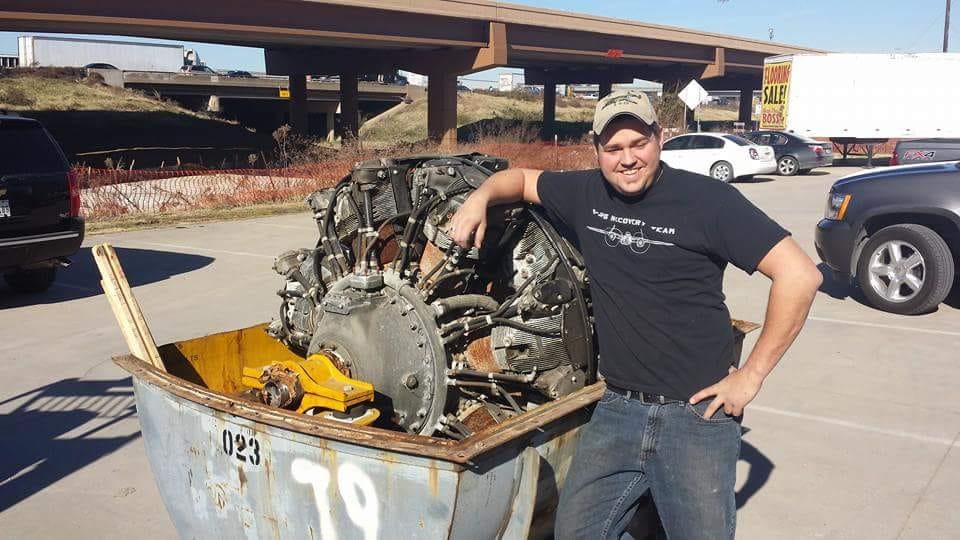
The recovery process was an adventure in itself. Mihalek and his team navigated a series of bureaucratic hurdles, working with various agencies in Alaska, and eventually secured the necessary permits. In April, they surveyed the wreck and confirmed that enough of the aircraft was in good condition to warrant restoration. With the help of a helicopter company that donated an airlift, the recovery team successfully transported the center section and other parts back to Michigan, where the restoration would begin. One of the standout moments from this phase was the participation of Logan Kucharek, a 15-year-old student who became deeply involved in the project.
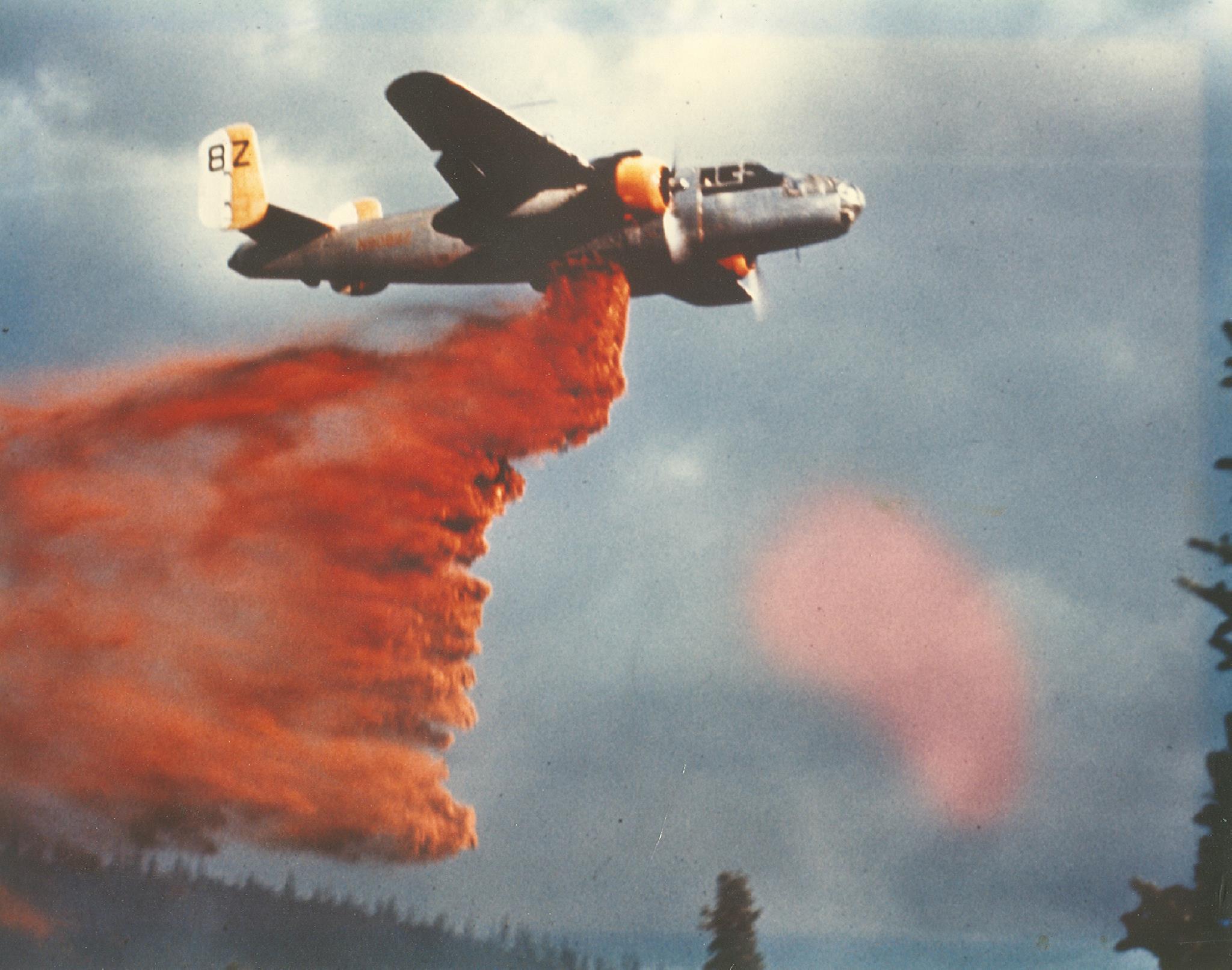
What sets Mihalek’s project apart is his focus on involving young people in the restoration process. After forming the Warbirds of Glory Museum, a 501(c)(3) nonprofit, he initiated a student apprenticeship program. This program attracted a group of high school students who were eager to learn about aviation and aircraft restoration. Over the years, more than 50 students have worked on the B-25, gaining hands-on experience in reading original North American drawings, performing CAD work, operating CNC machines, and learning aviation maintenance techniques.
One particularly notable student, Logan Kucharek, who had joined the project at age 13, eventually became a lead engineer at a jet engine company. Another student, Katelyn, discovered her passion for aviation through the program and is now working as an aircraft mechanic. The apprenticeship program has helped many students transition into careers in aviation, demonstrating the profound impact of this initiative on both the individuals involved and the aviation industry as a whole.
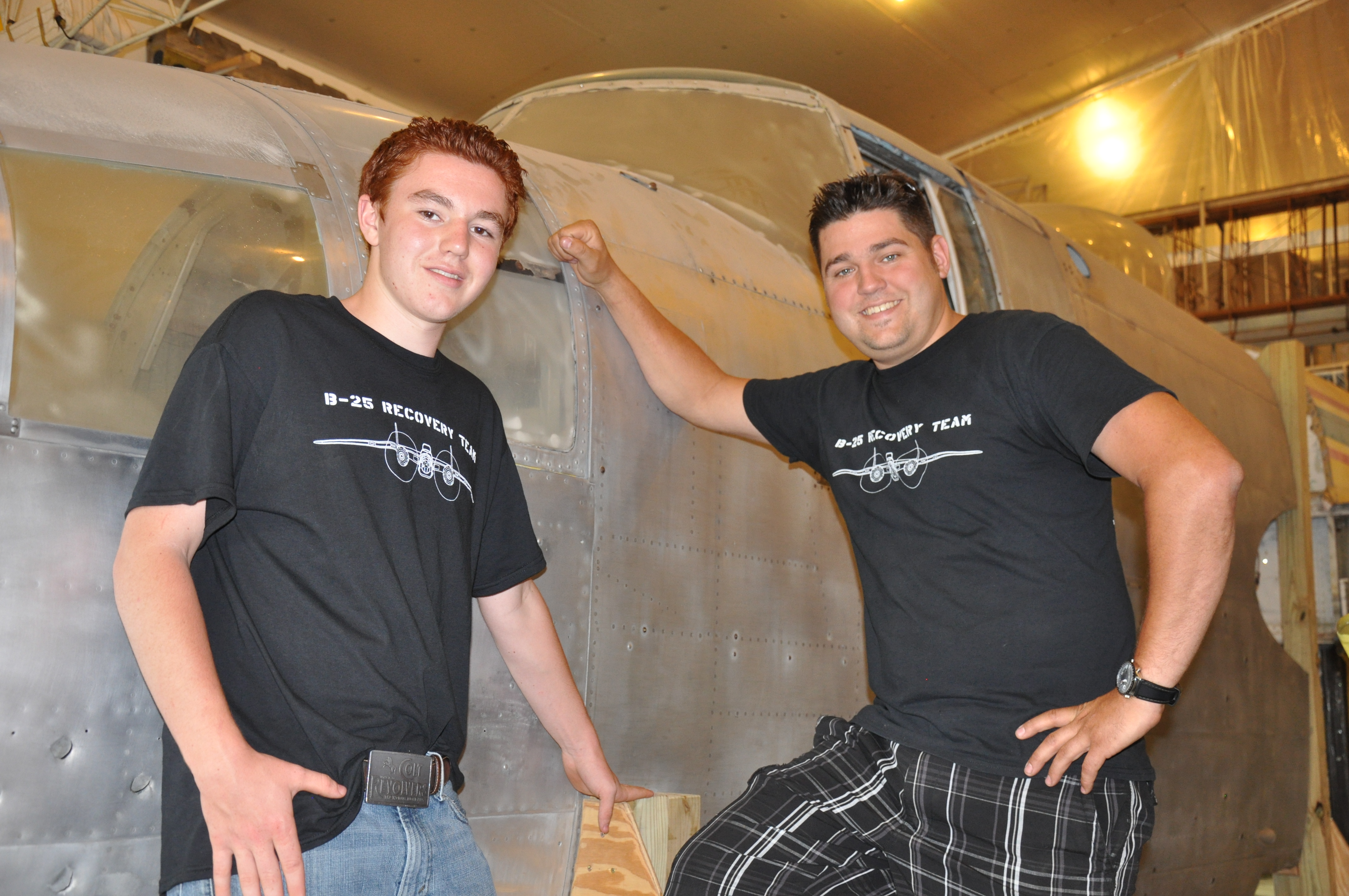
As the restoration of Sandbar Mitchell continues, the project has evolved into a full-fledged operation. The team moved from a smaller hangar in Brighton to a larger facility at Oakland Southwest Airport, allowing for greater progress on the aircraft. While funding remains a challenge, with the museum relying on donations, Mihalek and his students have made remarkable strides. Projects like the restoration of a fully operational Bell M-7 tail turret and a Bendix upper turret showcase the dedication and skill that go into the work. At the core of this project is Mihalek’s commitment to mentoring the next generation of aviation enthusiasts. Reflecting on his own childhood, he remembers wanting to be involved in aviation restoration and now takes pride in giving young people the opportunity he once wished for. His mentorship has had a profound impact on the students, many of whom have gone on to pursue careers in aviation. With each step forward in the restoration of Sandbar Mitchell, the project continues to inspire not only those directly involved but the broader aviation community as well.
To learn more about the project and donate to the restoration, visit the website at WarbirdsOfGlory.org.
